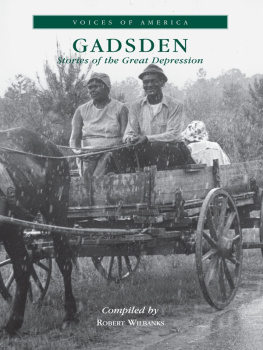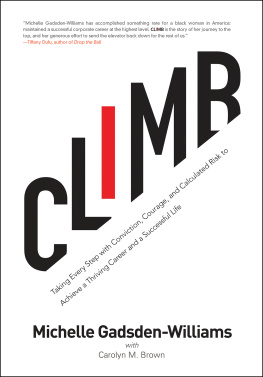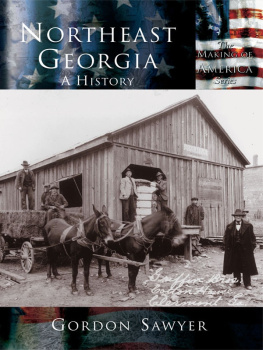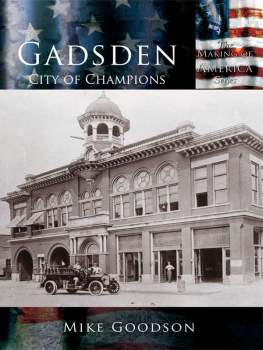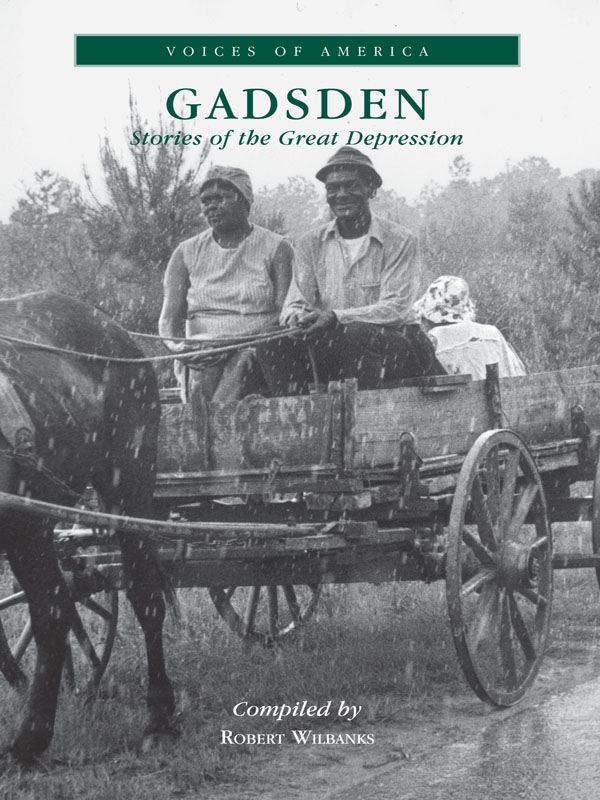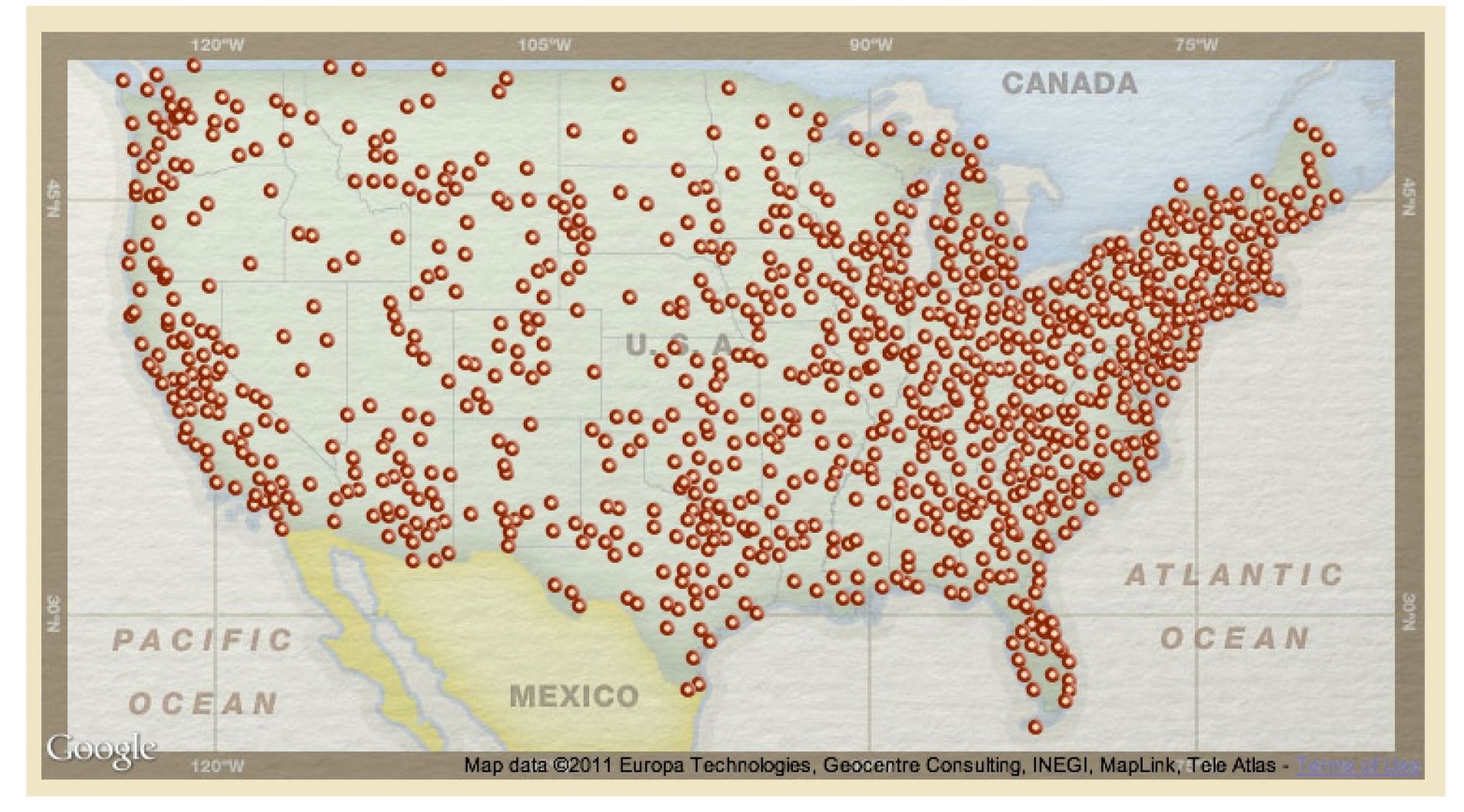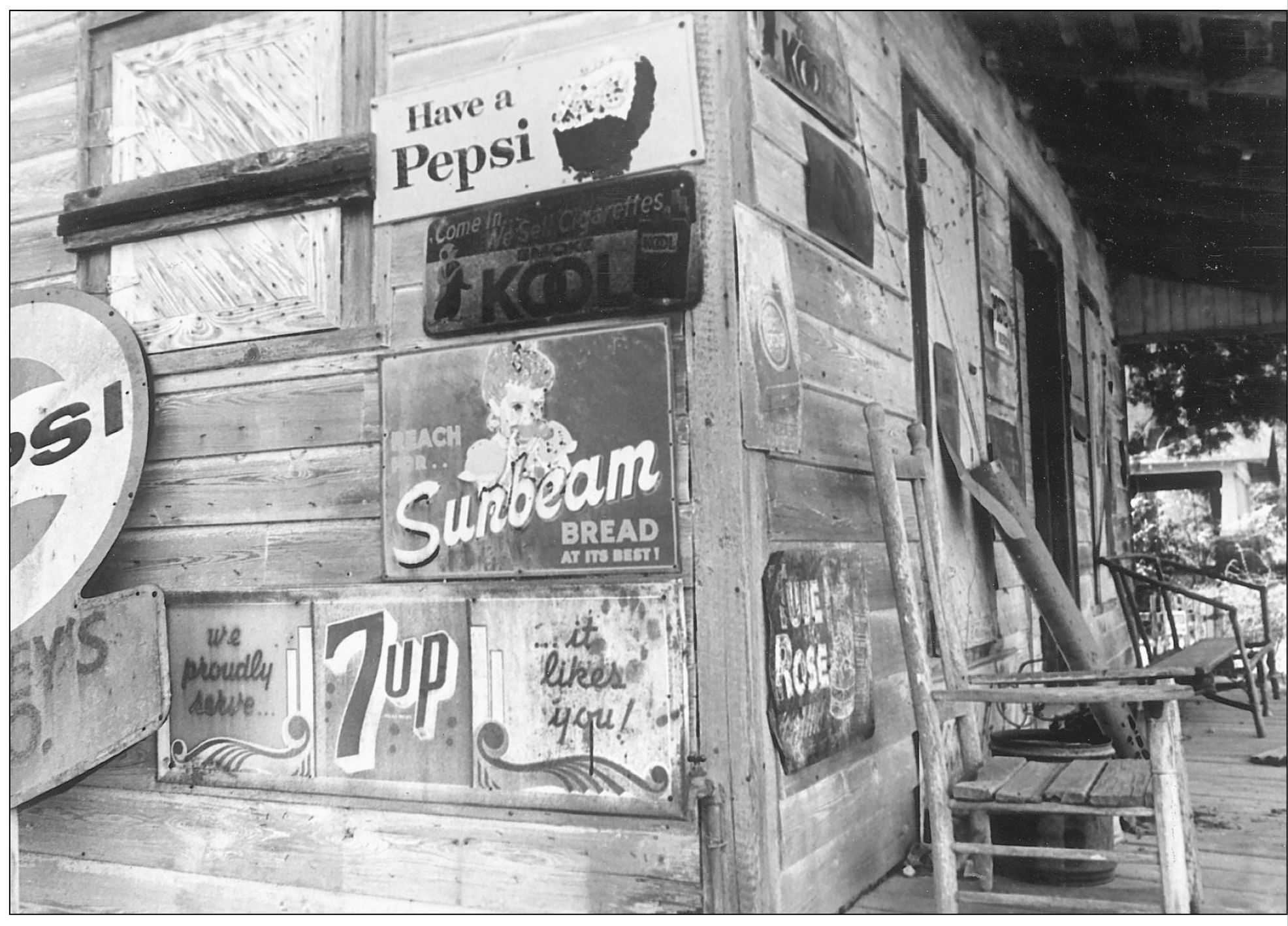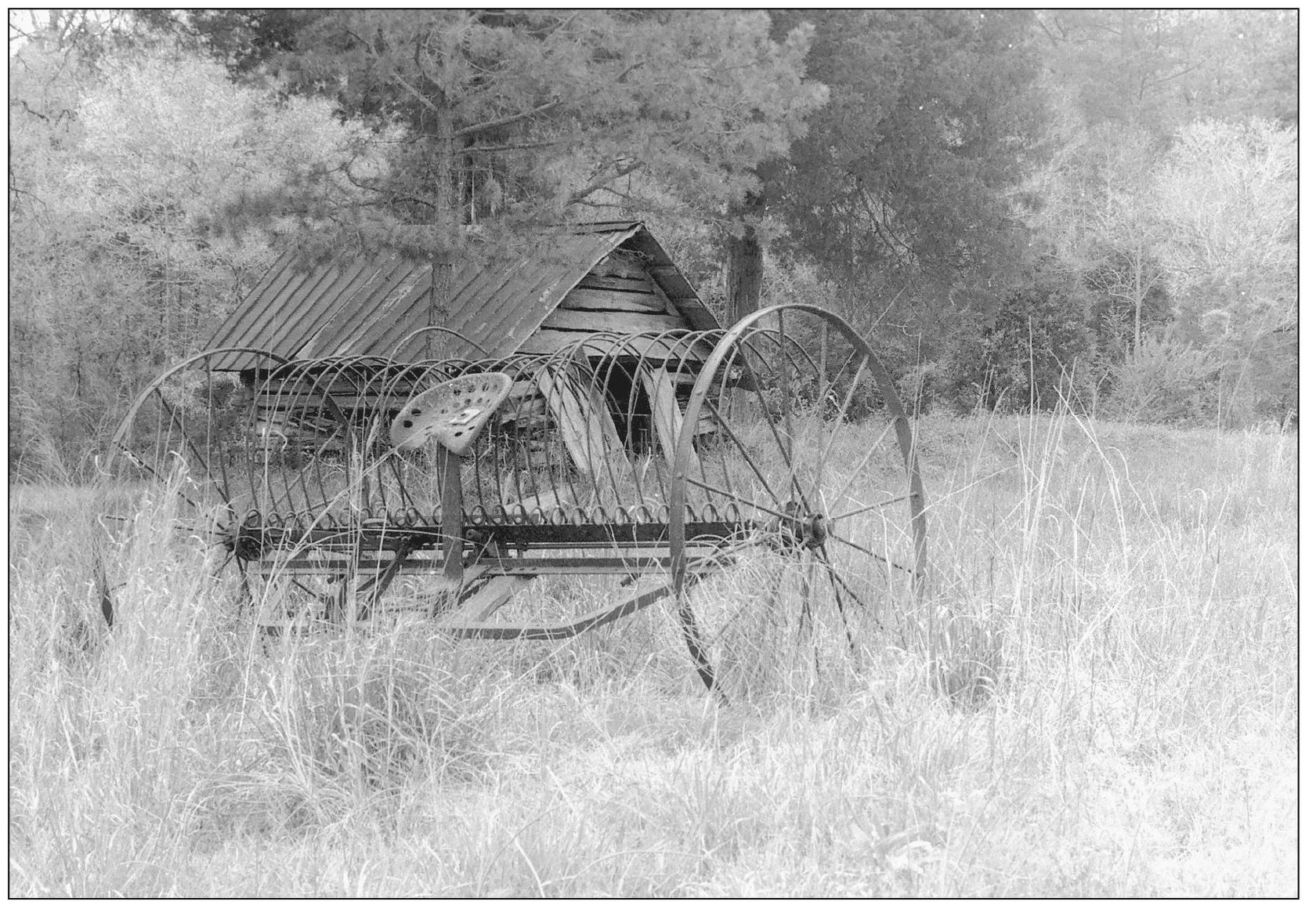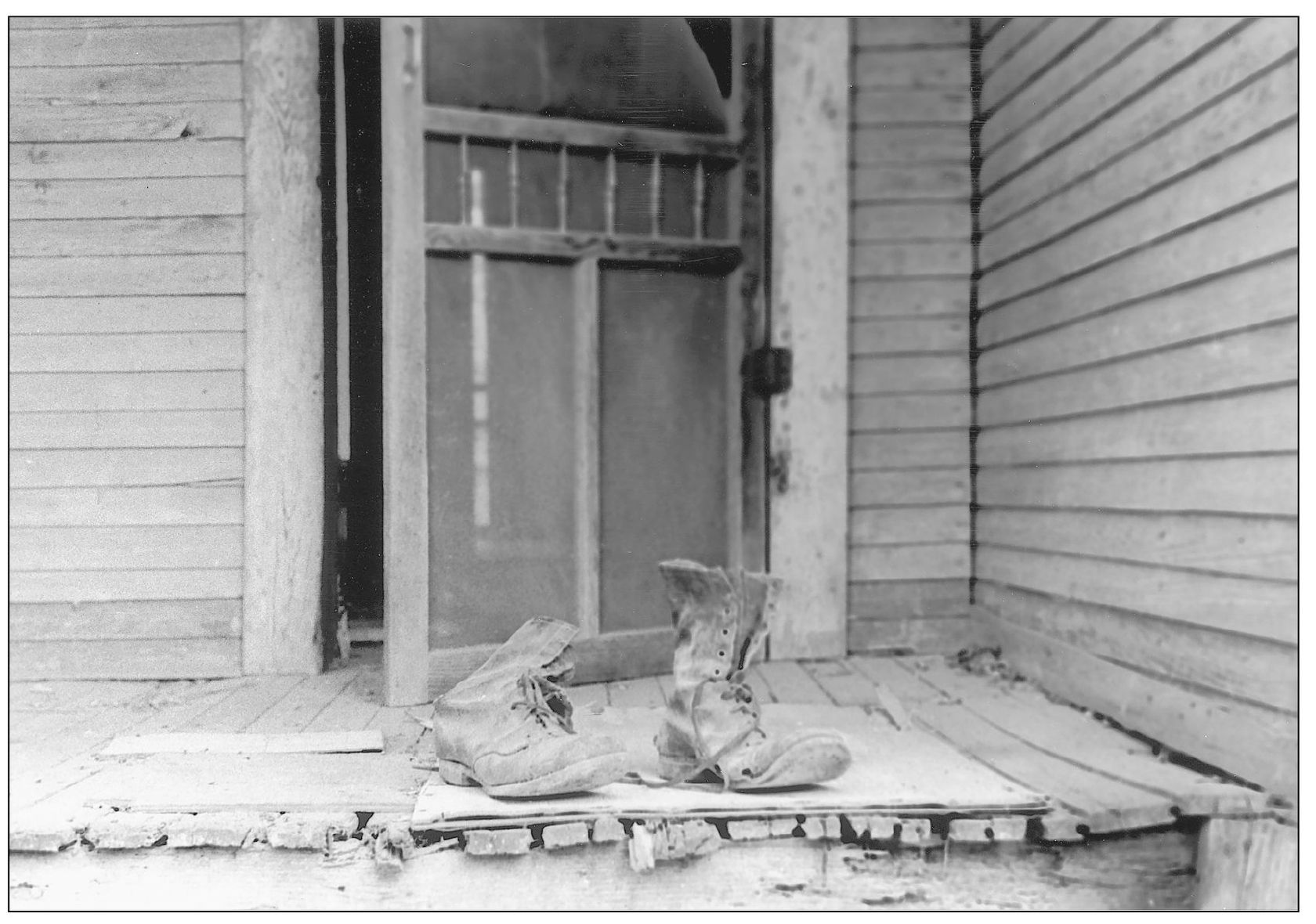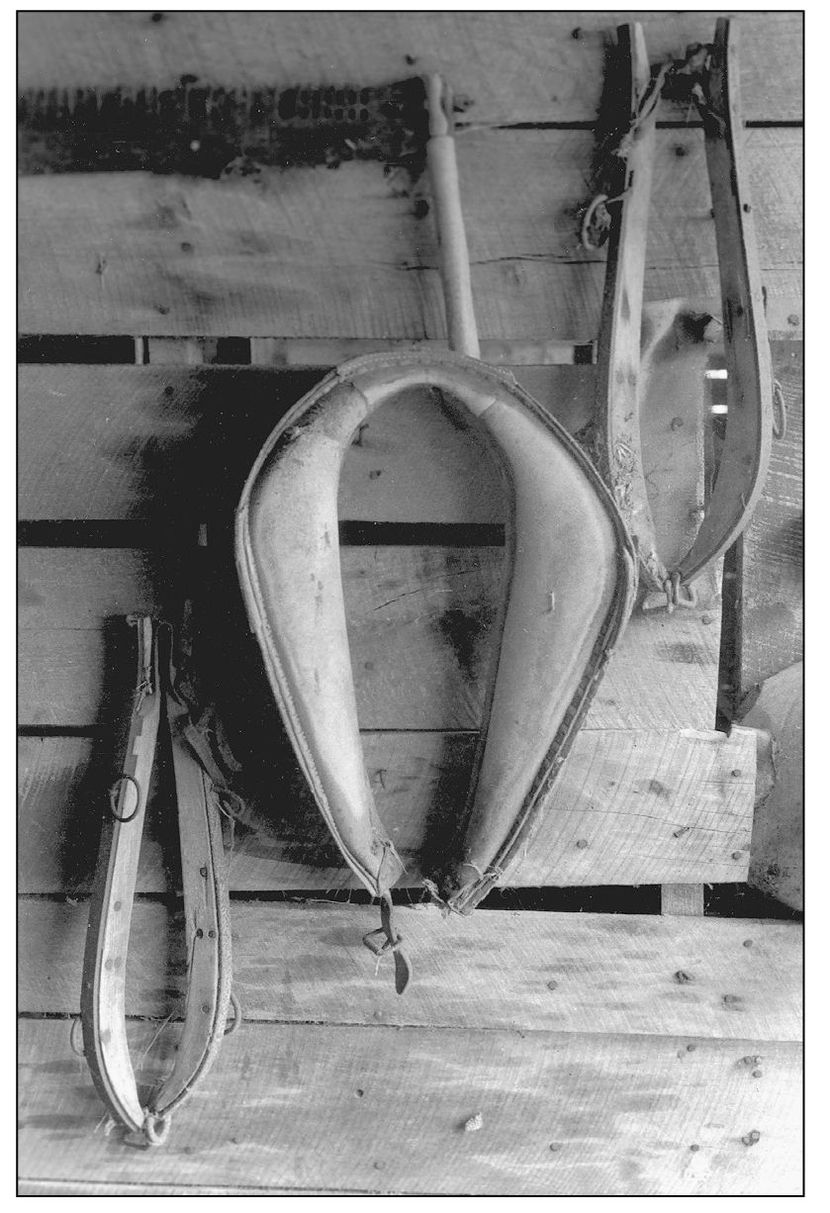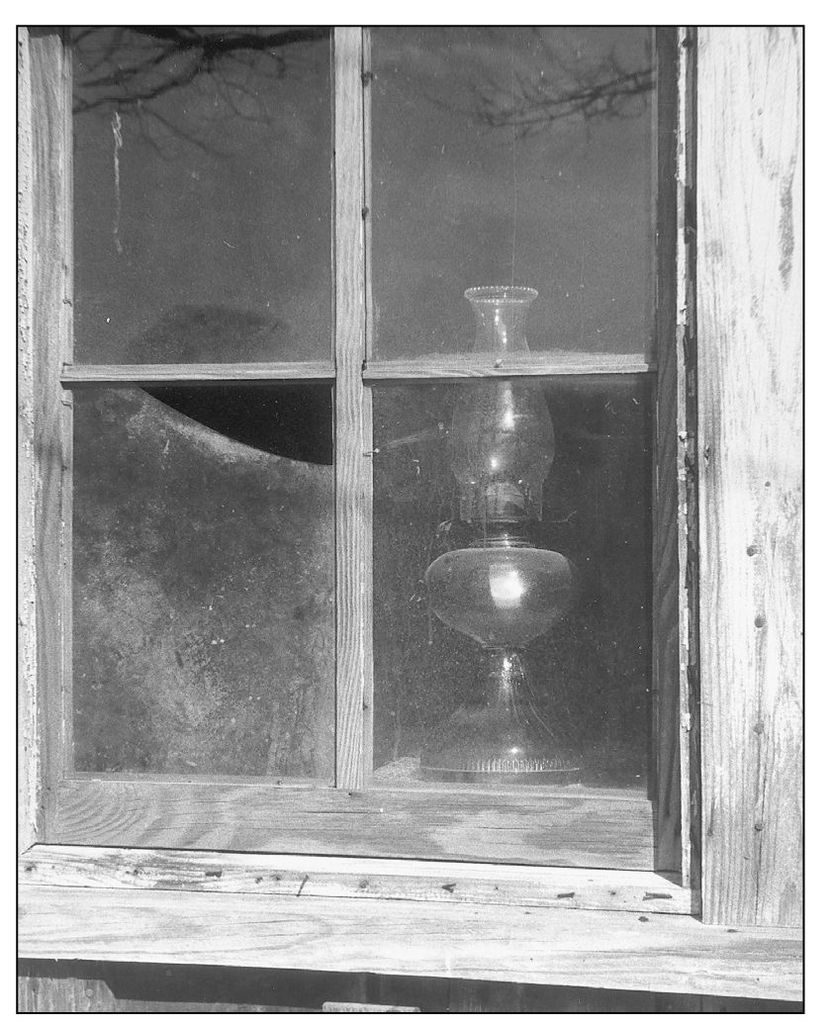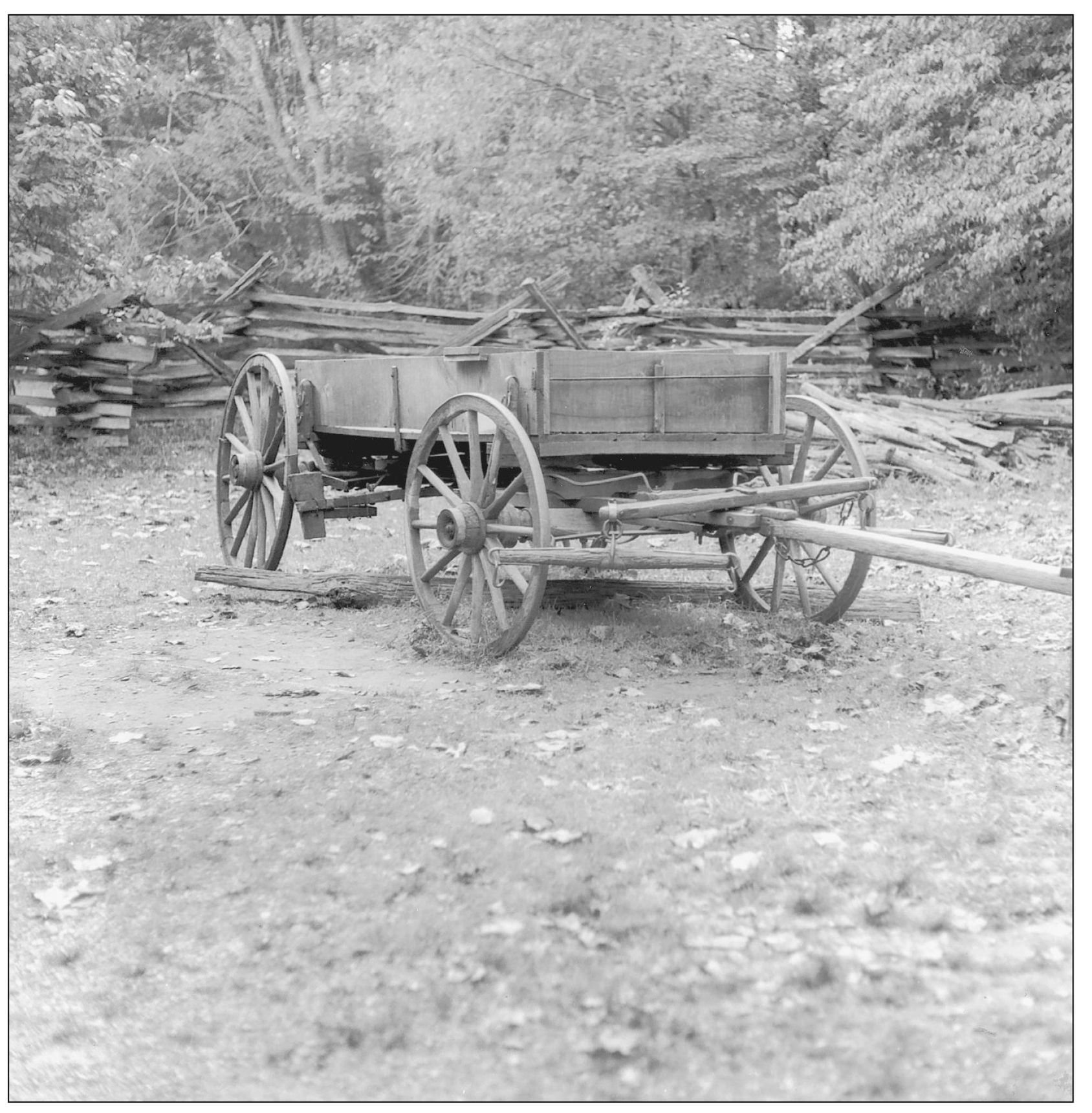During the 1930s, the outside of a country store was usually decorated with advertisements for products available inside.
THE GOOD OLD DAYS
Today, with the uncertainty that exists in our modern world, Americans are longingly looking back at a period in rural America which was lived at a slower pace.
Simple taste. Simple pleasure. Life in the good old days of the 1930s was a time of extreme hardship, but it was also a time when a person could experience real personal satisfaction in the simple chores of life.
During this era, the economy of the South was basically one of agriculture and the majority of people lived on a family farm, known as the old homeplace.
The rural family was almost a self-sufficient unit. each farm had a garden, provided its own milk and eggs, raised meat, and grew feed for the stock.
During the season, the vegetables for the winter were canned; Old Bossie daily provided the milk needs while ham, sausage, and lard came from the fattened hog.
All the necessities could not be provided on the farm. A cash crop, usually cotton, was raised, which enabled the farmer to make purchases that were absolutely necessary.
For most families, these purchases were made at a general store. In early rural America, with its scattered farmhouses, it was the country store that brought together a community. The store at the dusty crossroads made a neighborhood out of these houses and gave the area a personality of its own.
A hay rake sits idle until harvest.
The boots represent the end of a hard days work on the farm.
A visit to a country store was looked upon as a cherished treat. The trips were made sparingly and then only out of necessity. The store sold everything from candy to clothes and from medicine to farm implements. The most basic items sold were sugar, salt, coffee, and flour; the youngsters favored candy jawbreakers, orange slices, peppermint sticks, and peanut brittle.
In the fall, the cotton was sold and the farmer received his pay for a years work. This money was used to buy clothes for his family, kerosene for the lamps, and groceries such as flour and salt.
Work on the farm changed with each season. Spring was the time when borrowing money was usually necessary to make a new crop; time was spent in preparing the land and, finally, planting the crop. early summer meant hot, continuous field work until the crop was laid by. After this, the family was given more free hourschances to attend protracted meetings (all day singing with dinner on the ground), the big Fourth of July picnics with tubs of pink lemonade, and time to loaf at their favorite swimming hole.
Then, before organized swimming in concrete pools was known, young boys would either skinny-dip in a nearby creek or swim wearing a pair of cut-off overalls. After their swim, they would change back into dry street clothes and leave the wet overalls on the bank for someone else to use; or until next time, when they were able to sneak away for a quick dip.
With the arrival of fall, the tempo again picked up. Cotton had to be picked, corn gathered, and sorghum madeall in preparation for the coming winter months. The winter brought more activities into the house.
For the women, this was a time of social gatherings and quilting; the men spent their free time with Old Blue, hunting rabbits and squirrels.
A horse collar hangs on the barn wall.
A light in the window of an old farmhouse was always a welcomed sight to friends and family.
The farm wagon was used to transport farm produce to market and to attend social functions.
With the Great Depression and, in close succession, World War II, that known world changed rapidly. New lifestyles, new ideas, and new types of machinery all helped pave the road to financial success and an easier life of which so many had always dreamed.
But these same benefits, sadly, opened the doors of uncertainty that are still swinging freely. Although no one in the South would trade the modern conveniences of today for the hardships of this earlier era, there is much to be said for the day when people were content with the simple things of life.

